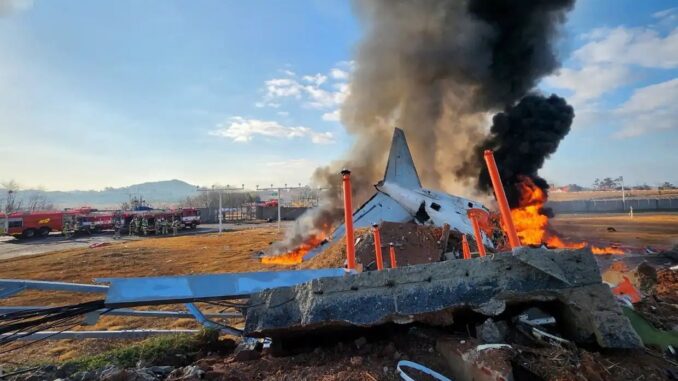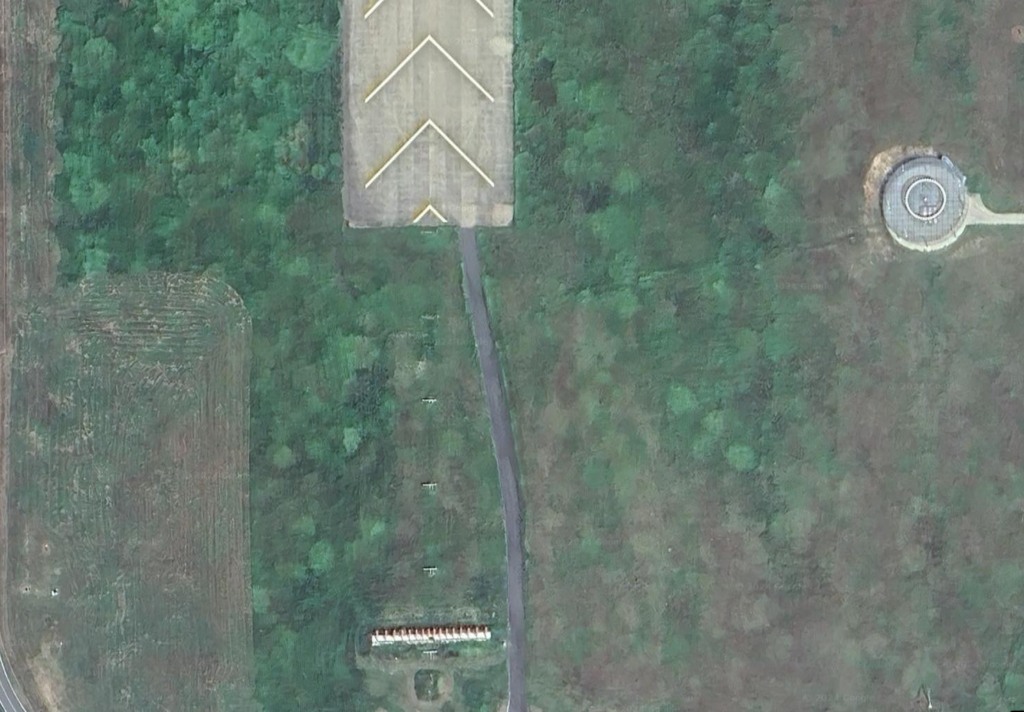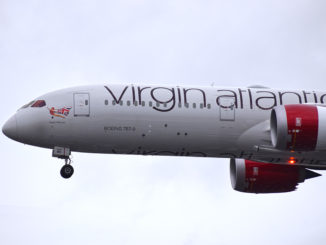
First of all, let me say this feature does not deal with what led up to the crash or the cause of the landing gear/hydraulic failure. What I am looking at here is solely what happened post-landing.
On the 29th December Jeju Air Flight 2216, a Boeing 737-800, declared an emergency at Muan Airport, South Korea and, from what is seen in the video of the tragedy, carried out an emergency landing with what appears to be no flaps or landing gear.
The video shows the pilots of the Boeing 737 carry out what looks to be a textbook belly landing although, as there are no flaps, it was much faster than normal with some estimates as high as 200mph at touch down.
Without landing the gear the pilots had no wheel brakes but thrust reversers are seen open and of course, there is friction between the aircraft and the runway surface to aid slowing down but stopping a Boeing 737, probably weighing more than 50 tonnes, was always going to take some time.
Belly landings are rare but do occur and usually do not result in injury or death. This is because airports generally have long runways followed by run-off areas. Where there is infrastructure at the end of the runway such as ILS aerials they are at ground level and designed to cause minimal damage to an aircraft.
Where there is a boundary, it is usually a fence or a bank of earth which is soft and likely to help absorb an impact.
The video of the Jeju Air crash shows the aircraft land on the runway and then slide along its full length and off the end of the runway into the runoff area where it collided with the ILS aerials, it was at this point the aircraft was smashed into fragments and exploded into a ball of flame. Only the tail section of the aircraft remained intact from the L2 and R2 doors backwards.
The reason for the devastation was simple, the ILS aerials were mounted on a large concrete block which lay in the path of the aircraft that was still travelling at a significant speed.

179 people died as a result of this crash, in my view, as a result of bad airport planning. David Learmount, a respected aviation safety expert, described the placement of the concrete block as “criminal” and I find it hard to disagree with him.
It is simply common sense to not put immovable objects in the potential path of an aircraft in the event of a run-off or runway excursion and whilst I understand not every situation can be accounted for, simply mounting the ILS aerials in concrete with the concrete subsurface would have, in my opinion, made this accident survivable. It is also why almost ALL airports do this.
ILS Aerials are metal and whilst they would have done some damage as the aircraft ripped through them, they would not have caused the catastrophic destruction witnessed in this accident and in my view, that is why no-one should have died on Jeju Air Flight 2216
So while an investigation is underway to find the cause of the tragedy and why the jet was forced to land without landing gear/flaps, serious questions need to be asked of the Airport and its designers, the fact, that someone thought it was ok to have a raised concrete block 200m into a runway run-off area and signed off on it should be the subject of a criminal investigation.
Warning this video contains scenes that some may find upsetting.




